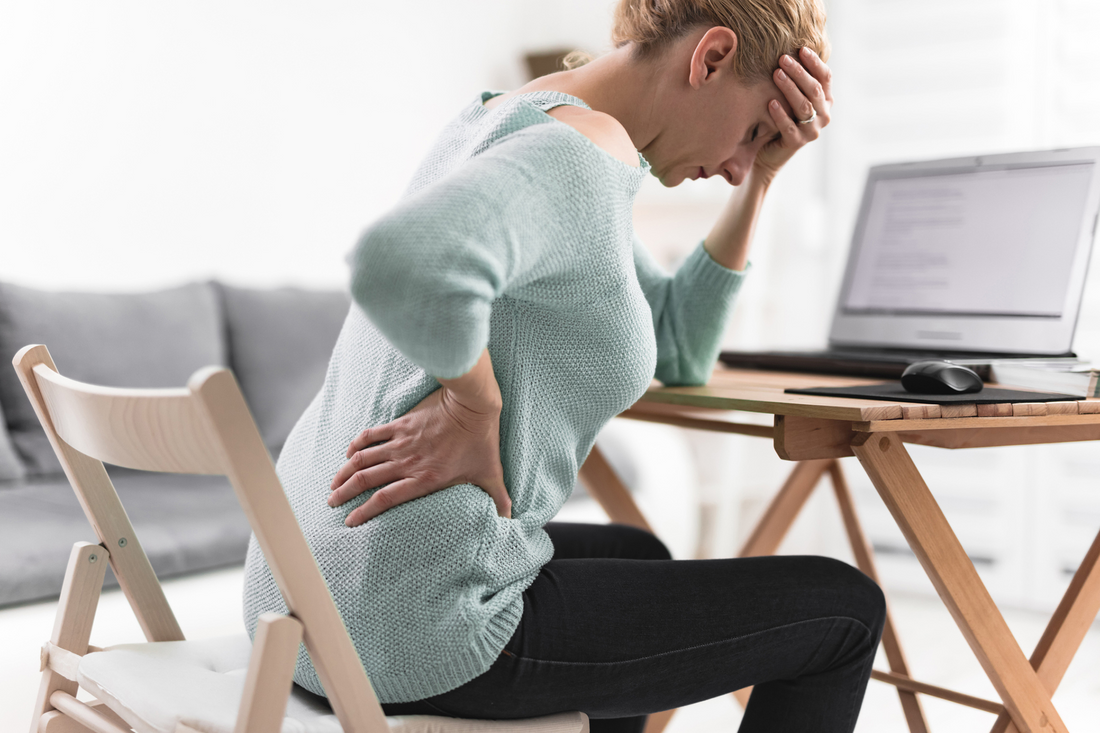
When do you need back support?
Share
What is one of the most difficult aspects when faced with a medical condition? For many, it is often very difficult to deal with if you do not know the cause of the symptom. Unfortunately, this is common in terms of back pain. This is a physical symptom of so many symptoms that it often takes time to find the root cause.
Fortunately, there are solutions that can bring peace of mind and protect your body, whether you know the cause of the problem or not. That is the purpose of the back brace. Back pain back support can relieve certain symptoms, prevent them from occurring, or at least prevent them from getting worse.
Back braces that form part of the treatment in many situations because they are so effective:
- Preventive measures against injuries under specific working conditions
- Protective equipment that helps prevent injuries and heals the body
- Treatment of adverse health effects
The advantage of back braces is that they are non-invasive tools that help treat or prevent physical problems. This is the recommended treatment before other options such as surgery, dosing, and physiotherapy are considered.
Let's elaborate on this important medical device.

Back support brace product type
Due to their effectiveness, there is a large market for back braces. The selected braces can be categorized into the following categories:
-
Flexible brace or corset made of soft material
- Rigid brace including rigid panel for optimal support
- Semi-rigid orthoses, a mixture of the above two types
You can also choose between lumbar support and full back brace. Your condition will determine the amount of support you need. Therefore, it determines which of these you need to invest in.
When do you need a back brace?
Back braces are an effective tool for treatment, but they are also a great way to prevent injuries. It can be purchased over-the-counter or as part of a doctor's prescription.
Medical conditions requiring back support
Your doctor may write a prescription for a particular back brace. As mentioned earlier, this can be related to a variety of situations, including:
-
Back problems
- Post-surgery treatment for the back
- Supports your back during and after pregnancy
- Trauma to the back and spine
- arthritis
- Hernias including herniated discs
- Posture-related complications
- Scoliosis
- osteoporosis
- Lumbar disc hernia
Back braces do not always guarantee complete healing, but they can delay deterioration. Therefore, the better you use these devices.
In all these situations, back braces usually help by limiting pain thanks to:
-
Creating a healthy environment for recovery
- Better posture
- Correct weight distribution
- Relieve tension
- Functional improvement
The specific unit must match the required processing.
The spine needs support. Back braces can help the body heal by creating a healing environment. By removing some of the pressure on your back, your injured or weak spine will heal faster.
If minimal movement is desired: After medical treatment, extensive back healing may be required. If you move too much, it will take time. However, it is difficult to learn new habits. Certain back braces limit movement not only to protect the spine and muscles, but also to remind you which movements can cause damage. Your back will not be exposed to that pressure for some time, as you may not be able to easily bend forward.
Special Care for Specific Vertebrae: For optimal healing after a fracture, it is necessary to limit tiny movements. Back braces can be very specific in their impact on your movements to limit unnecessary activity.
Helps relieve tension: Apart from your spine, your muscles may also need help. Back braces can support part of your weight to relieve pain and tension. This helps after various injuries that the doctor treats.
Environment that requires a back support belt for work
You don't necessarily have to get a prescription. According to your doctor's advice, or as a self-help method, you can use the back support belt for the following purposes:
-
Protect your back during weightlifting
- Treatment of low back pain during or after pregnancy
- Self-treatment after whiplash
- Provide support when you need to get up all day at work, make big bends, or climb structures frequently
- Gives back support for lifting heavy objects at work










